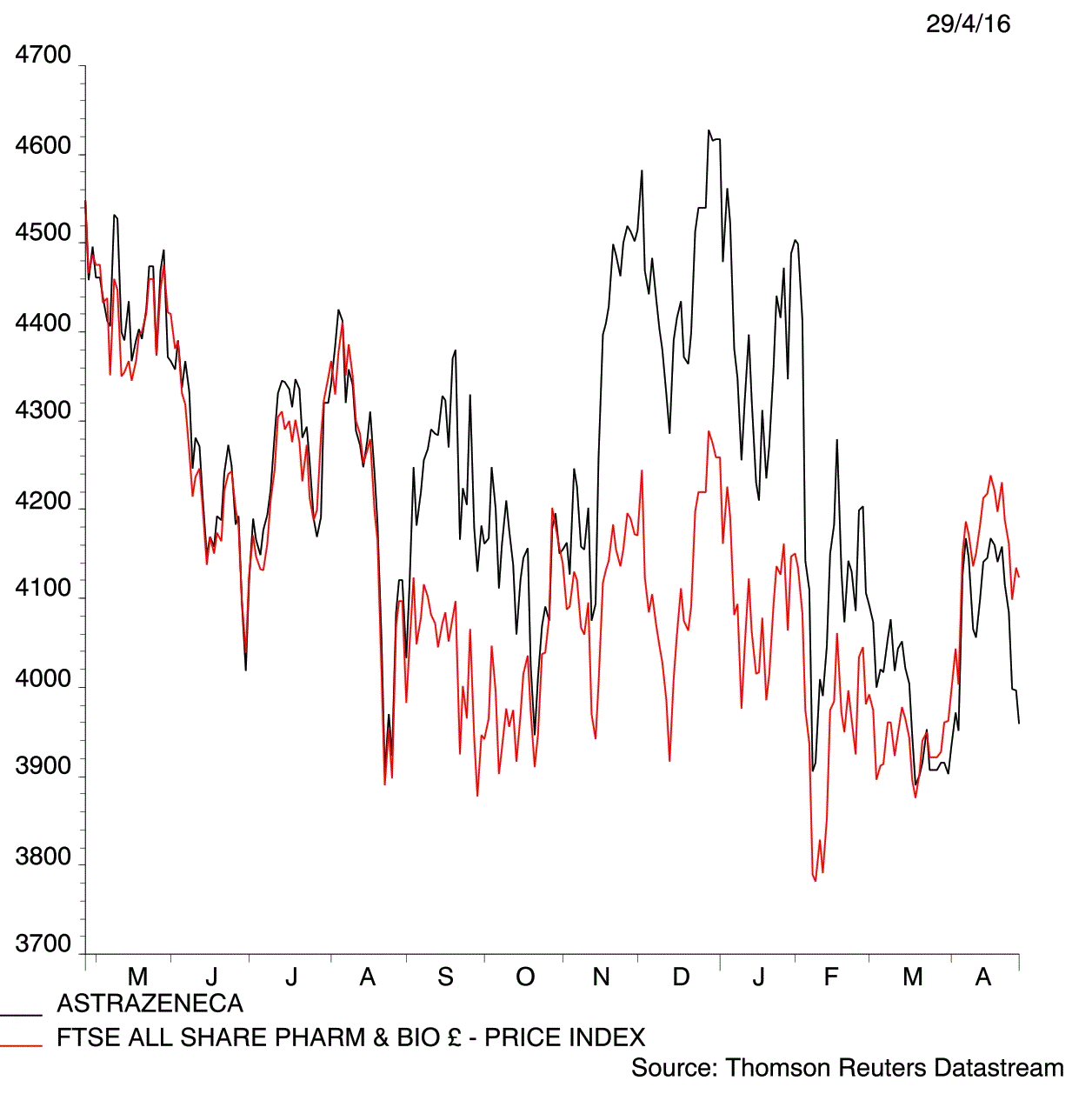
A set of so-so first quarter figures unsurprisingly fail to generate much investor excitement for drugs giant AstraZeneca (AZN). The shares stayed largely flat, at £39.54, after reporting a 5% increase in revenues, to $6.1 billion, in the three months to 31 March.
More interesting is the group's 10% slump in pre-tax profits to $1.4 billion. This is largely because of a big hike in research and development (R&D), its innovation budget up 15% to $1.4 billion, although that figure strangely also includes acquisitions.
Higher R&D is a double-edged sword. Investors that believe AstraZeneca should focus more on inventing its own new or improved drugs are likely to be pleased, those happy with its past policy of acquiring new treatments to replace revenues lost to generic competition, less so.
Its biggest selling drug, cholesterol treatment Crestor, is the latest to face competition from cheaper generic versions in the US, which in May will lose its patent protection. That's expected to trigger a tail-off in sales, putting a context to the 4% improvement in Crestor revenues, to $636 million, in the first quarter. How Crestor income is replaced remains open to question.
Overall sales beat expectations but were boosted by $550 million from licensing and partnership deals for treatments beyond those developed in its own labs.
Consensus puts revenue flat at $23 billion in 2016, meaning that AstraZeneca has work to do to meet target sales of $45 billion by 2023.
Chief executive Pascal Soriot said that the group will be ‘intensifying’s its efforts in cancer treatments going forward.
The group also owns respiratory, heart disease and diabetes treatments.





